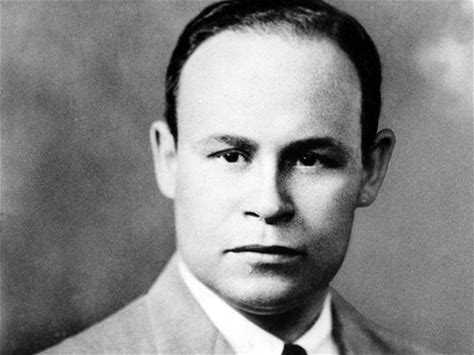Charles R. Drew, MD
Developed the Blood Bank
Charles R. Drew University of Medicine and Science is named in honor of the brilliant African-American physician, famous for his pioneering work in blood preservation. The University, in its emphasis on service to the community, draws its inspiration from the life of Drew, whose short 46 years were full of achievements, learning and sharing of his knowledge to benefit mankind.
Charles R. Drew was born June 3, 1904, in Washington, D.C. He attended Amherst College in Massachusetts, where his athletic prowess in track and football earned him the Mossman trophy as the man who contributed the most to athletics for four years. He then taught biology and served as coach at Morgan State College in Baltimore before entering McGill University School of Medicine in Montreal. As a medical student, Drew became an Alpha Omega Alpha Scholar and won the J. Francis Williams Fellowship, given annually to the top five students in his graduating class. He received his MD degree in 1933 and served his first appointment as a faculty instructor in pathology at Howard University from 1935 to 1936. He then became an instructor in surgery and an assistant surgeon at Freedman's Hospital, a federally operated facility associated with Howard University.
In 1938, Drew was awarded a two-year Rockefeller fellowship in surgery and began postgraduate work, earning his Doctor of Science in Surgery at Columbia University. His doctoral thesis, "Banked Blood," was based on an exhaustive study of blood preservation techniques. It was during his research on this topic at Columbia's Presbyterian Hospital that his ultimate destiny in serving mankind was shaped, as World War II created a vital need for information and procedures on how to preserve blood.
With wartime casualties mounting and the wounds and injuries seen by physicians becoming more severe, the need for blood plasma intensified. Drew, as the leading authority in the field, was selected as the full-time medical director of the Blood for Britain project, and he supervised the successful collection of 14,500 pints of vital plasma for the British. In February 1941, Drew was appointed director of the first American Red Cross Blood Bank, in charge of blood for use by the U.S. Army and Navy. During this time, Drew argued that authorities should stop excluding the blood of African-Americans from plasma-supply networks. However, after the armed forces ruled in 1942 that the blood of African-Americans would be accepted but would have to be stored separately from that of whites, Drew resigned his official posts.
But his accolades continued. The NAACP awarded him the Spingarn Medal in 1944 in recognition of his work on the British and American projects. Virginia State College presented him an honorary doctor of science degree in 1945, as did his alma mater Amherst in 1947.
Drew returned to Freedman's Hospital and Howard University, where he served as a surgeon and professor of medicine from 1942 to 1950.
On April 1, 1950, Drew was driving with three colleagues to the annual meeting of the John A. Andrews Association in Tuskegee, Alabama, when he was killed in a one-car accident. The automobile struck the soft shoulder of the road and overturned. Drew was severely injured and rushed to nearby Alamance County General Hospital in Burlington, North Carolina. In the words of his widow, "everything was done in his fight for life" by the medical staff. However, it was too late to save him.
At his untimely death, Drew left behind a devoted wife, Lenore, four children and a legacy of inspirational, unstinting dedication to service for all people. In 1981, the U.S. Postal Service paid tribute to Drew by issuing in his honor, a stamp in the GREAT AMERICANS Series.
Our University continues to honor his legacy by pioneering in health and education.
https://en.wikipedia.org/wiki/Charles_R._Drew






